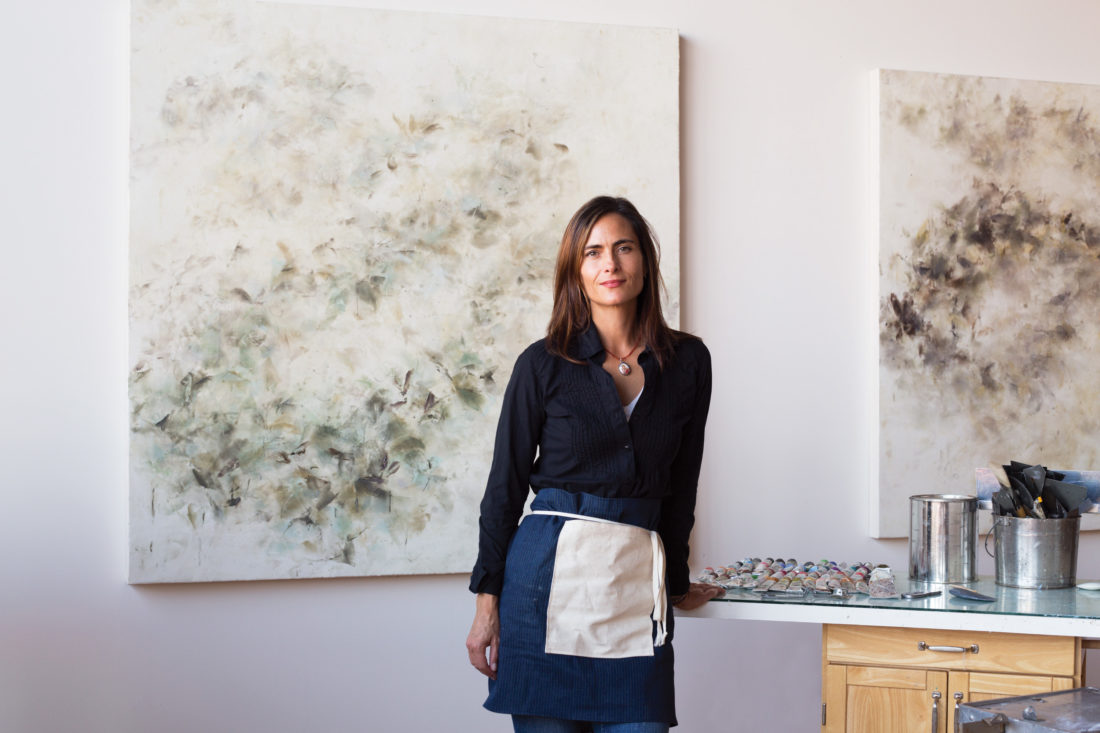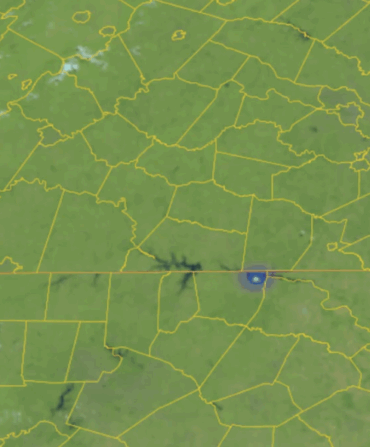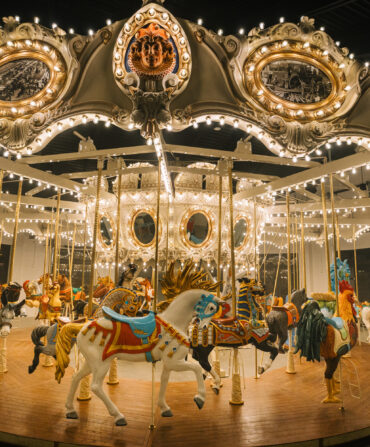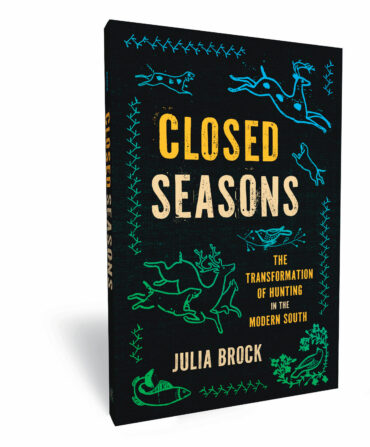“Artists are always starved for space, time, and light, and the South gives you all of that,” says the painter Betsy Eby, an Oregon native who now calls Columbus, Georgia, home.
Eby—whose glossy canvases might bring to mind a swirl of windswept leaves or a scattering of songbirds—revels in the space afforded by her artist’s studio in a century-old cotton mill on the edge of downtown. The sprawling, open-air layout is perfectly suited to creating the kind of vast nature-based abstractions for which Eby has become known.
And the light? That has been a revelation.
“The difference in the light is so extreme from the Pacific Northwest,” Eby says. “It’s so abundant and warm here. There’s more information in the light.” She pauses and explains, “Being in the South allows me to split those hairs of color.”
Southerners who want to see how many gradations of green can flit across one canvas—from moody heather to shimmery eucalyptus—should catch Eby’s traveling museum show. Painting with Fire is on display at the Columbus Museum until February 23, after which the paintings will show at the Morris Museum of Art in Augusta through May.

Photo: Rinne Allen
A detail from her painting Metamorphosen.
The exhibit’s title refers to Eby’s signature medium, hot wax, which she layers and sculpts in a process known as encaustic painting. She begins each project at the large table at the center of her studio, awash in sunlight from floor-to-ceiling windows. An oversize handmade birch panel from her father’s wood shop in Oregon, often as large as twenty-five square feet, serves as the painting’s base. Eby stretches a canvas over the panel and then begins applying layers of a molten mixture of beeswax and damar, a resinous tree sap that adds strength. She blowtorches each layer to make it fuse to the next, the fire setting strokes of color and capturing tangible twists and motions within the abstractions. As the forms take shape, Eby transfers the canvas to the wall and applies pigmented wax with knives and then brushes. The painting will most likely travel from wall to table to wall several times as she builds the layers. Toward the end she applies impasto—built-up paint—to the surface to add texture and soften the gloss.
“I’m always thinking about those things trapped in sheets of ice,” Eby says, “the seasons that sort of laminate over life-forms or organisms, or the murmurations of flight.” Eby also takes time to play the Steinway grand piano in a sitting room just off her studio. Music is her second love, and a sense of musicality lies at the core of her artwork. Indeed, she often names her paintings for European folk songs or classical piano pieces. Among the works in Painting with Fire is a five-foot-by-five-foot piece named D’un Cahier d’Esquisses after a favorite piano solo by Claude Debussy. If you bring a smartphone and a pair of headphones to the show, you’ll be able to listen to the music by scanning a QR code. Perhaps you’ll note the syncopated swell of the music in the swoop of the painting’s central form, or a synesthetic representation of the music’s floaty tone in the painting’s palette of greens, blues, creams, and grays.
These days, Eby’s work shows the special yellow light she sees through her studio’s mullioned windows. Her husband, the renowned figurative painter and Columbus native Bo Bartlett, likes to joke that it’s “all the dust kicked up from Alabama,” just across the Chattahoochee River, that makes the light so distinctive. Red clay or not, Eby’s fluid approach makes it easy to adapt to the particulars of a new environment. “I try to interpret rhythms of the natural world and rhythms of the musical world,” Eby says. “A friend of mine says my painting is more of a verb than a noun.”
For more information, go to betsyeby.com








